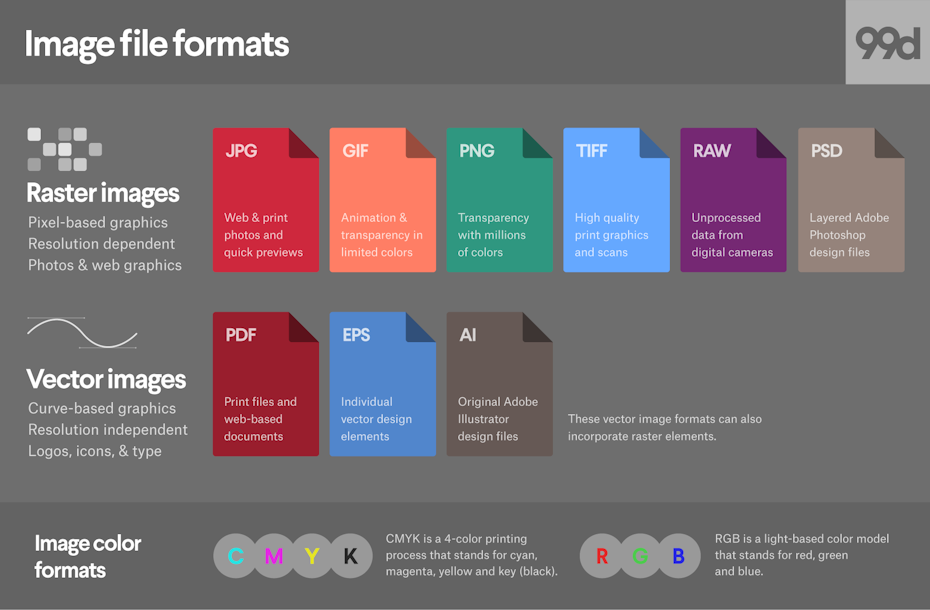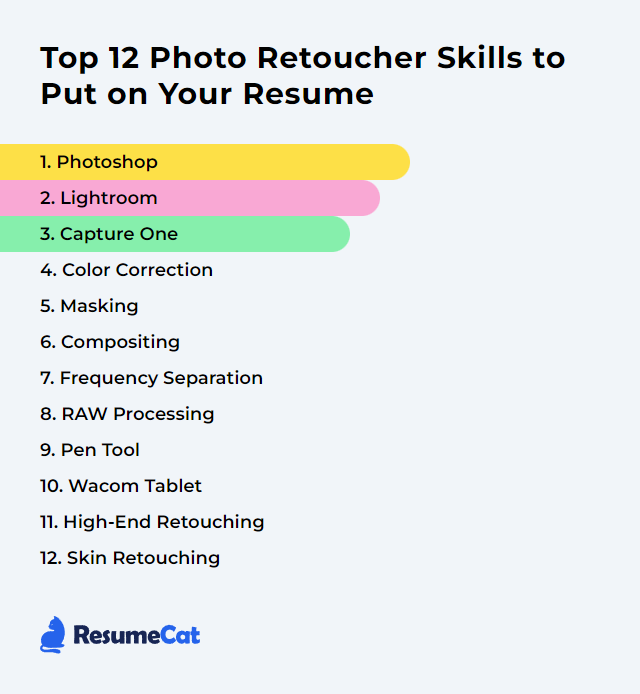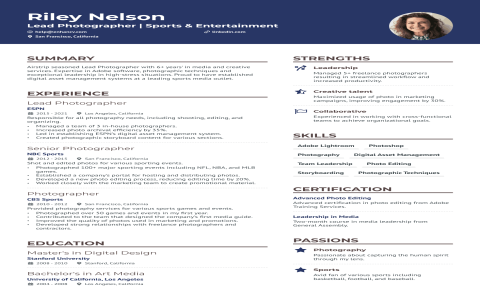Well, I tell ya, when it comes to them pictures we take, it ain’t just ’bout snapping a good shot with the camera. No, no, no! The real magic happens after that, when we start fiddlin’ with the pictures on the computer. Folks call it “post-processing,” but it’s just a fancy way of sayin’ we’re makin’ the picture look even better. I reckon, if ya ain’t learned the skills of file format conversion in post-processing, you ain’t gonna get far with them pictures.

Now, first thing’s first. When you take a picture with your camera, you gotta think about what kinda file format it’s gonna be saved as. There’s all sorts of different file types like TIFF, JPEG, and PNG. Each one got its own little quirks, ya know? And if you’re gonna mess with them photos after you’ve taken ‘em, you best know which one’s the right one to use. Makes a world of difference, I tell ya.
TIFF Files
Now, if you ask me, I think TIFF files are the best thing since sliced bread for post-processing. TIFF stands for Tagged Image File Format, but don’t get all confused by them fancy words. What it means is that it’s a file that don’t mess with the quality of your image. That’s right! When you save your picture as a TIFF, it don’t get compressed, which means all them details in your photo are still there. That’s mighty handy when you wanna fiddle with the colors, brightness, or crop the image without losin’ any quality. So, if you’re planning on makin’ a lot of changes to your photos, TIFF is the way to go.
JPEG Files
Now, I ain’t saying that JPEG ain’t good. It’s actually the most common type of file that folks use, ‘specially when they just want a picture to share online or print out real quick. JPEGs are smaller than TIFFs, but that’s ‘cause they compress the image, which means some of the details get lost. If you just want to snap and share, JPEG’s fine, but if you’re gonna mess with the picture too much, you might notice the quality starts to drop. So, when you’re done editing your photo, it’s best to save it as a TIFF if you’re gonna keep working on it later. JPEG might work for final prints, though.
PNG Files
Then there’s PNGs. They’re kinda like a mix between TIFF and JPEG. They keep some of the quality, but they also shrink the file size a bit, so they’re easier to store. A PNG’s real good if you’ve got a picture with a transparent background or if you’re workin’ with images that don’t need much editing. Some folks like ‘em because they don’t get compressed as much as JPEGs, but I wouldn’t use ‘em if I’m doin’ a lot of editing, not unless it’s a picture that don’t have much detail to start with.
When to Convert Your Files
So, you might be wonderin’, when should you go ahead and convert your file formats? Well, if you’re workin’ with a photo that’s in one format, like a JPEG, but you want to start making some big changes to it, like brightening the colors or maybe changing the background, you might wanna convert it to a TIFF first. That way, you won’t lose any of the good stuff in the photo. You can use programs like Adobe Photoshop or Lightroom for this, real easy-like.
Mastering Post-Processing Tools
Now, once you’ve got your file converted to the right format, you gotta know how to edit it. You got tools like Adobe Photoshop and Lightroom that can help you do just about anything with a photo. I like to start with the basics: cropping and straightenin’ the picture. Sometimes them shots get a little tilted or there’s too much extra space. If you can crop out the junk, your picture’s gonna look a whole lot better. But don’t get carried away! Leave enough room for the subject to breathe, so the picture still feels natural.
Color Correction and Adjustments
Next thing I do is fiddle with the colors. Sometimes the lighting in the picture ain’t quite right, and the colors don’t pop like they should. You can use your editing tools to adjust the brightness, contrast, and saturation of the photo. Be careful, though. Too much tweaking, and it’ll start lookin’ unnatural. It’s all about finding that perfect balance, like cookin’ a good stew. You gotta keep tasting it, making sure it’s just right.
Saving Your Files
After you’ve made all your changes, you gotta save that picture. Now, remember, save it as a TIFF if you plan on doin’ more work on it later. But, if you’re done and happy with it, then you can save it as a JPEG or PNG for sharing or printing. But always keep that original file, just in case you wanna go back and make more changes down the road.

Final Thoughts
So, there ya have it. Knowing how to convert your file formats and use the right ones for post-processing is real important if you want your photos to look their best. Don’t just snap a picture and leave it at that! A little work after the fact can turn a good photo into a great one. But remember, you don’t have to be a tech expert to get the hang of it. Just take it slow, and before you know it, you’ll be makin’ them pictures shine like nobody’s business.
Tags:[File Format Conversion, Photography Post-Processing, TIFF Files, JPEG Files, PNG Files, Adobe Photoshop, Lightroom, Color Correction, Photography Tips, Image Editing]
